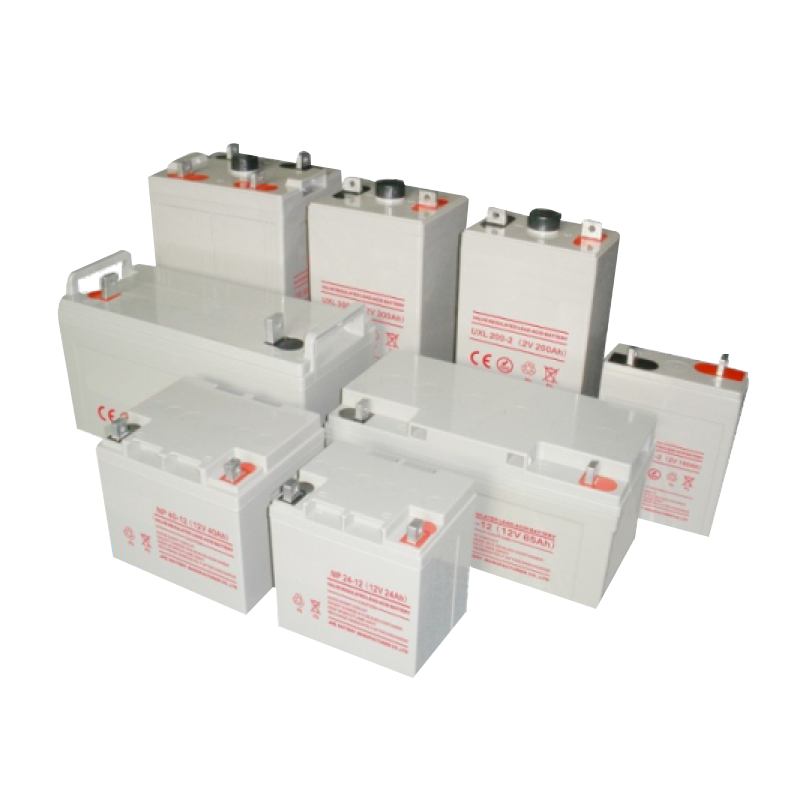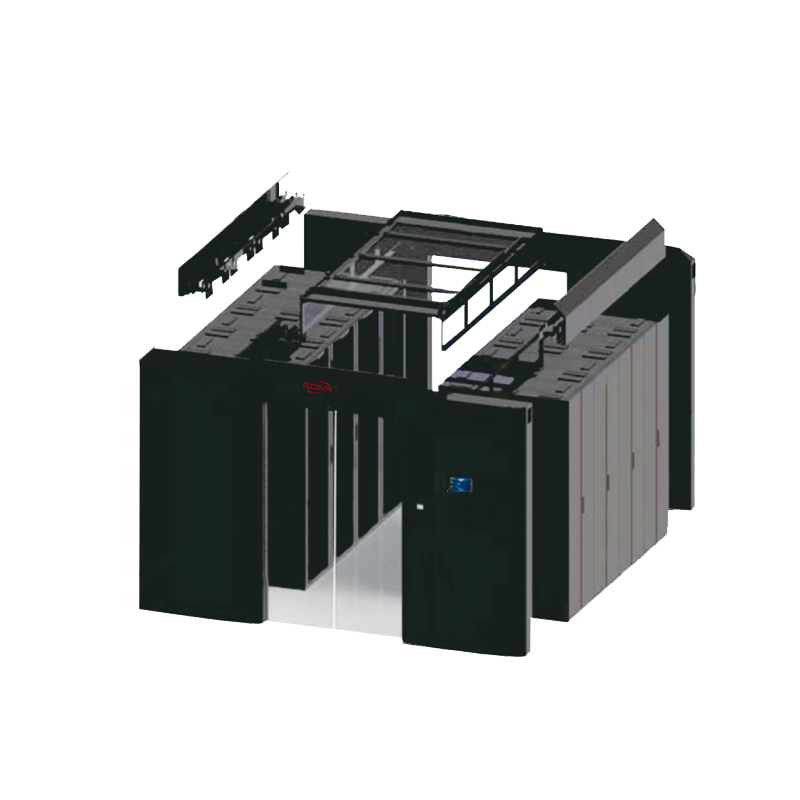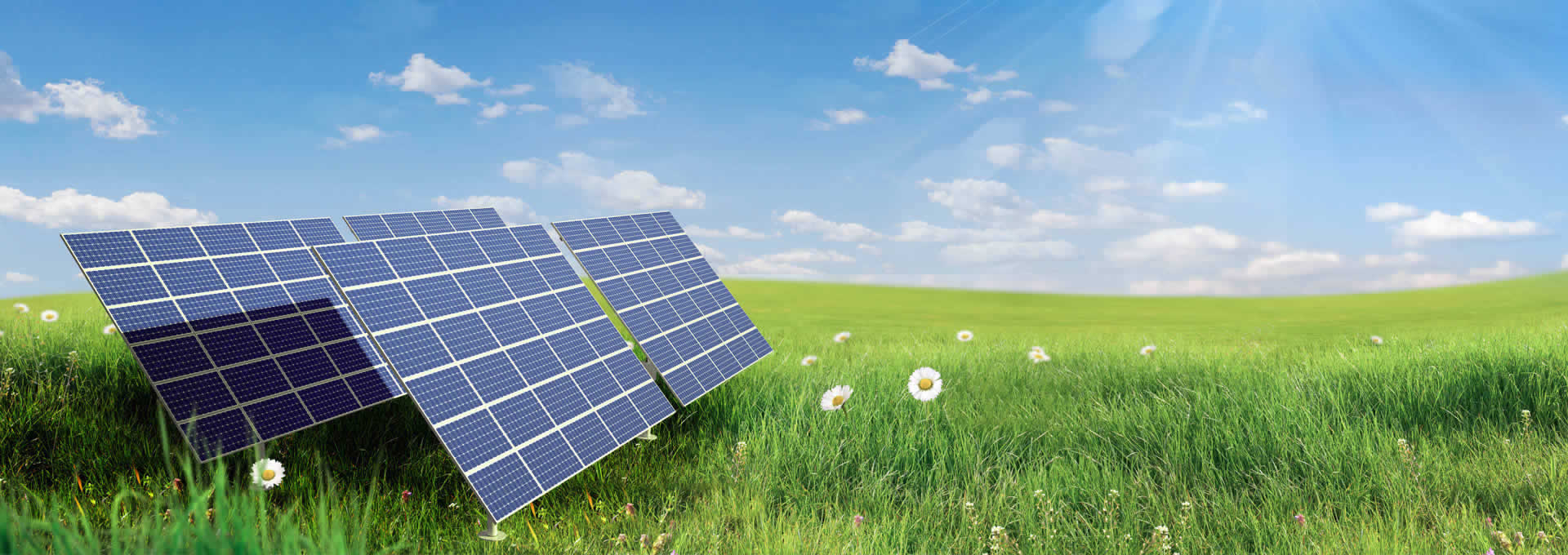 Language
LanguageThe selection of shell materials for household energy storage inverters is a crucial aspect that affects product performance, safety, and cost. When selecting materials, we need to comprehensively consider factors such as mechanical properties, electrical properties, weather resistance, cost, and processability. This article will explore from these aspectsHousehold energy storage inverterThe selection principles and commonly used materials for shell materials.

1、 Mechanical performance
The housing of household energy storage inverters needs to have high strength and stiffness to ensure that it is not easily deformed or damaged during transportation, installation, and use. In addition, the casing should also have good impact resistance and vibration resistance to cope with harsh working environments. Therefore, when selecting materials, we should prioritize their mechanical properties, such as tensile strength, yield strength, elongation, etc.
2、 Electrical performance
The shell material of the energy storage inverter needs to have certain electrical insulation performance to prevent current leakage and electric shock accidents. In addition, the material should also have a lower dielectric constant and dielectric loss to reduce electrical energy loss. Therefore, when selecting materials, we should pay attention to their electrical performance parameters, such as insulation strength, voltage resistance, etc.
3、 Weathering resistance
Household energy storage inverters are usually installed in outdoor environments, so they need to withstand various harsh weather conditions, such as high temperature, low temperature, humidity, salt spray, etc. This requires the shell material to have good weather resistance and be able to maintain stable performance in various environments. When selecting materials, we should pay attention to their weather resistance performance parameters, such as temperature resistance range, humidity resistance, salt spray resistance, etc.
4、 Cost
On the premise of meeting performance requirements, we also need to consider the cost of materials. The prices of different materials vary greatly and are also affected by market fluctuations. Therefore, when selecting materials, we need to conduct cost analysis and choose materials with high cost-effectiveness.
5、 Processability
The machinability of the shell material is also one of the factors to consider when selecting. Good processability ensures that the casing is easy to process, shape, and assemble during the production process. When selecting materials, we should pay attention to their processing performance parameters, such as forming temperature, coefficient of thermal expansion, etc.
Taking into account the above factors, the commonly used materials for the housing of household energy storage inverters include aluminum alloy, stainless steel, plastic, etc. Aluminum alloy materials have the characteristics of lightweight, high strength, and corrosion resistance, making them suitable for outdoor environments; Stainless steel materials have excellent mechanical and weather resistance properties, but their cost is relatively high; Plastic materials have advantages such as low cost and easy processing, but may be slightly inferior to metal materials in terms of weather resistance and electrical performance.
When selecting specific materials, we also need to comprehensively consider factors such as the specific needs, application scenarios, and budget of the product. In addition, we also need to pay attention to the environmental performance and sustainability of materials, choose materials that meet environmental requirements, and contribute to promoting the development of green energy.
In summary, the selection of housing materials for household energy storage inverters is a complex process that requires comprehensive consideration of factors such as mechanical properties, electrical properties, weather resistance, cost, and processability of the materials. By making reasonable choices and combinations, we can create a sturdy, safe, and economical shell for energy storage inverters, providing strong guarantees for the stable operation of household energy storage systems.







































































